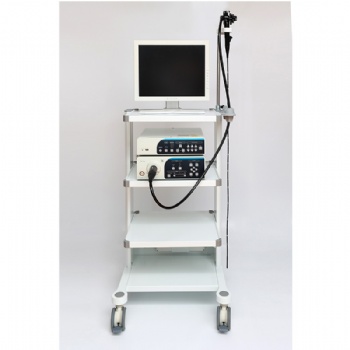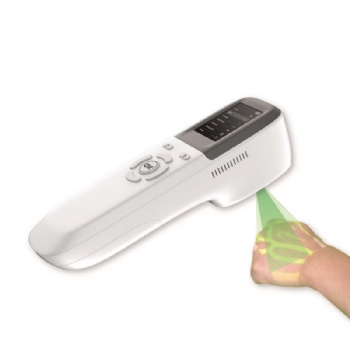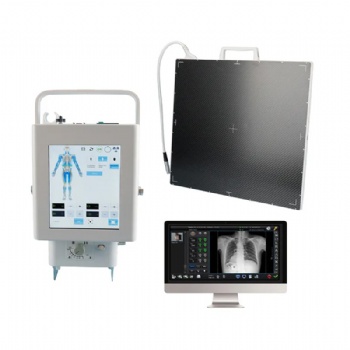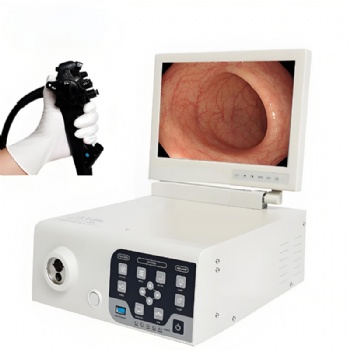News
Endoscope Camera System:Applications, Functionality, Benefits and Types
Endoscope camera systems are important medical devices used in a variety of medical procedures. They allow doctors and medical professionals to visualize and examine areas inside the body that cannot be seen with the naked eye. In this article, we will discuss the applications, functionality, and benefits of endoscope camera systems.
Applications:
Endoscope camera systems are used in various medical procedures,
including gastroenterology, urology, gynecology, and orthopedics. They
are used to diagnose and treat conditions such as tumors, ulcers,
polyps, and blockages. Additionally, endoscope camera systems are used
in minimally invasive surgeries, allowing surgeons to perform procedures
with smaller incisions and less disruption to surrounding tissue.
Functionality:
Endoscope camera systems consist of an endoscope, a camera, and a
monitor. The endoscope is a long, flexible tube with a lens at one end
that is inserted into the body through a small incision or natural
opening. The camera is attached to the endoscope and provides real-time
images of the area being examined. The images are transmitted to a
monitor, allowing the doctor or medical professional to see inside the
body and guide the endoscope to the desired location.
Benefits:
One of the main benefits of using an endoscope camera system is its
ability to provide a non-invasive method of visualizing and examining
internal organs and tissues. This can reduce the need for open surgery,
which can be more painful, risky, and require longer recovery times.
Additionally, because endoscope camera systems require smaller incisions
or natural openings, they can also reduce scarring and postoperative
pain. Furthermore, endoscope camera systems are highly accurate,
providing clear and detailed images that can aid in diagnosis and
treatment planning.
Types:
There are several types of endoscope camera systems available on the
market, depending on the specific medical procedure and patient needs.
Some of the most common types include:
Gastrointestinal Endoscopes: Used to examine the stomach, esophagus, and intestines.
Urologic Endoscopes: Used to examine the bladder, urethra, and kidneys.
Gynecologic Endoscopes: Used to examine the uterus, ovaries, and fallopian tubes.
Orthopedic Endoscopes: Used to examine joints, tendons, and ligaments.
In conclusion, endoscope camera systems are important medical devices that allow doctors and medical professionals to visualize and examine areas inside the body. With their non-invasive approach, accurate imaging, and faster recovery times, they have become a valuable tool in various medical procedures. By choosing the right type of endoscope camera system for their specific needs, medical professionals can optimize patient care and improve treatment outcomes.
Categories
Contact Us
- +86-18018467613
- +86-13357930108
- info@82tech.com




